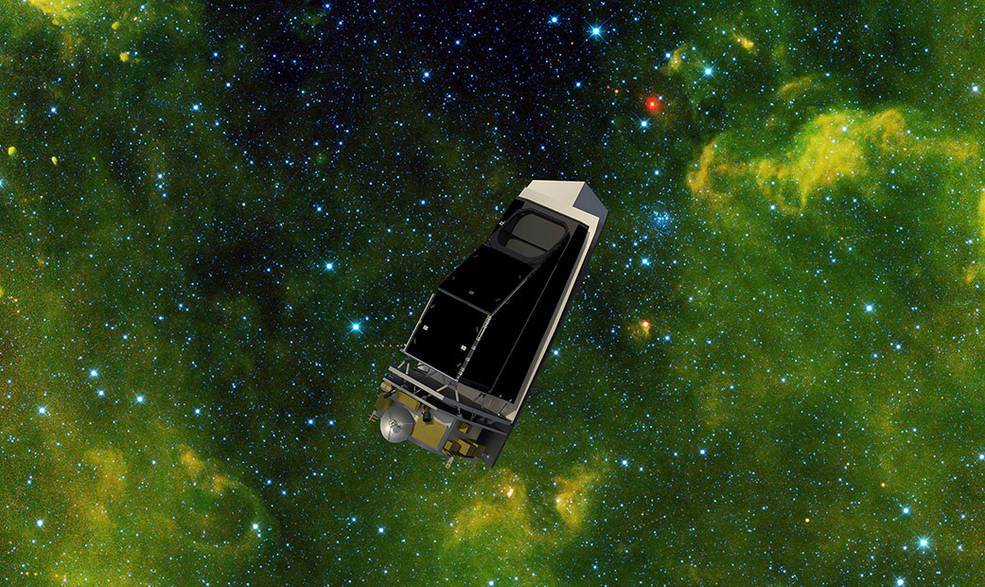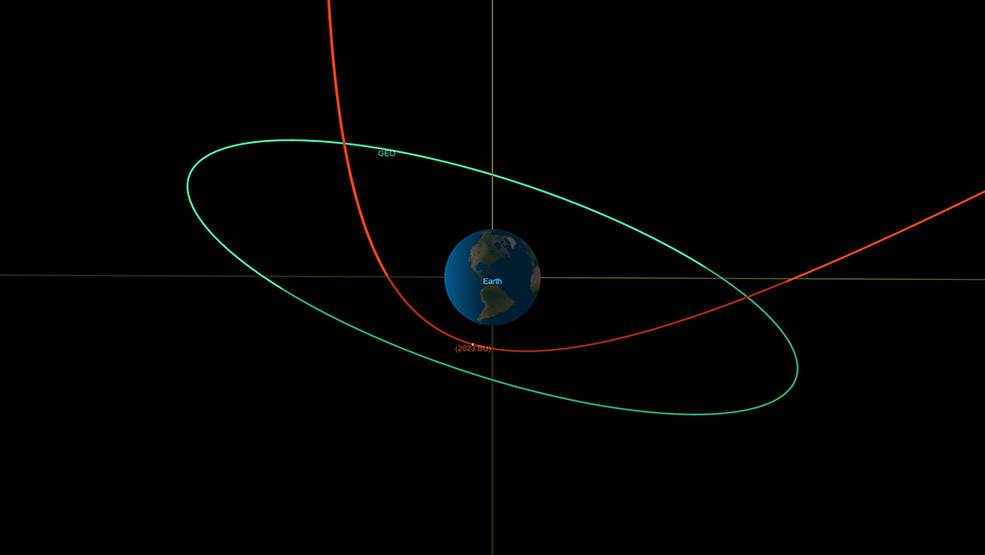NEO Surveyor

The Near Earth Object Surveyor, also called the NEO Surveillance Mission (NEOSM), is a space-based, infrared telescope specifically designed to locate and characterize asteroids that could pose a danger to Earth. The spacecraft is currently in development and is expected to launch in 2027. Its camera will see in the infrared (IR) spectrum, allowing it to detect dark asteroids, which, warmed by the Sun, will be brighter in the infrared spectrum than the background of space. NEO Surveyor will be placed in orbit between the Earth and the Sun (a halo orbit around Sun-Earth Lagrange Point 1), so it can see asteroids that would approach the Earth during daylight, from close to the Sun. NEO Surveyor is expected to perform better than telescopes on Earth, seeing both darker asteroids and asteroids orbiting closer to the Sun, helping to find 90% of NEOs that are 140-meters across in less than ten years. Our NEO Surveyor Frequently Asked Questions page explains more about NEO Surveyor.
NEO Surveyor Program History
The concept of a NASA asteroid hunting telescope was first proposed in 2006 with the name “NEOcam.” It was proposed within NASA several times from 2006-2017, always losing out to other planetary science missions. In July 2019, asteroid 2019OK was detected just 24 hours before a close approach to the Earth. It missed by 77,000 kilometers (48,000 miles), or less than 20% of the distance to the Moon. Two months later, NASA decided to proceed with the Near-Earth Object Surveyor Mission as a “directed” mission, meaning it didn’t have to compete with other proposals. It was approved for the Preliminary Design Phase in June 2021, fifteen years after the concept was first proposed, and six months after the Congressional deadline for finding 90% of the 140 m diameter asteroids had passed. In January 2022, NASA’s Planetary Defense Coordination Office estimated “at the current discovery rate [i.e. without NEO Surveyor], it will take more than 30 years to complete the survey.”
NEO Surveyor Program Status
NASA selected NEO Surveyor to begin program development in 2019, with an expected launch in 2026. But in the spring of 2022, NASA reduced NEO Surveyor’s funding by more than 30%. A reduced budget request for the next year followed, severely disrupting and delaying the program by at least two years, according to NASA. The CHIPS and Science Act, signed into law in September 2022, directed NASA to proceed with NEO Surveyor, report progress annually toward launching NEO Surveyor in 2027, and provide an accounting of future planetary defense funds authorized by Congress, to avoid future disruptions of funding intended for the telescope.
National Space Society vigorously supported NEO Surveyor in Congressional engagements in the spring and summer of 2022. These efforts helped to highlight program funding challenges and contributed to support for NEO Surveyor in the CHIPS and Science Act, signed into law on 9 August 2022. In November 2022, Republicans of the House Science Committee sent NASA a letter emphasizing their support for Planetary Defense, and signaling their continued support after House leadership changes in 2023.
Our work won’t be done until NEO Surveyor is launched and searching for dangerous asteroids. You can support NSS work to ensure NEO Surveyor gets the support it needs to start its mission by 2028 or sooner. Visit go.nss.org/defendearth to make a donation.
See also: NEO Surveyor Frequently Asked Questions.

Trajectory of asteroid 2023 BU on January 26, 2023, only 2,200 miles above the Earth’s surface. The green line indicates geosynchronous orbit. The asteroid was, however, too small to do any damage if it did strike Earth.







